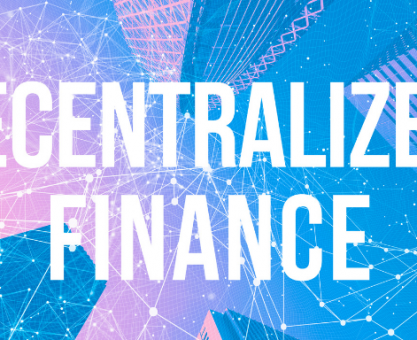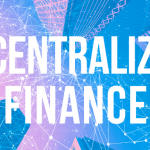Executive Summary
-
Explore how Decentralized Finance (DeFi) is reshaping traditional banking systems.
-
Understand the benefits and risks associated with DeFi solutions.
-
Learn about the key differences between DeFi and traditional banking.
-
Discover real-world examples and expert insights on DeFi adoption.
-
Find resources and tools to help navigate the DeFi landscape.
Introduction
In recent years, the rise of Decentralized Finance (DeFi) has been one of the most significant trends in the financial sector. With blockchain technology as its backbone, DeFi offers a new way of accessing financial services that were traditionally dominated by banks. This shift presents both opportunities and challenges for investors, businesses, and financial institutions.
This article delves into how DeFi is impacting traditional banking systems, highlighting the main pros and cons, and providing insights into navigating this new financial frontier.
Definitions / Context
Decentralized Finance (DeFi): DeFi refers to a collection of blockchain-based financial services, including lending, borrowing, and trading, that operate without intermediaries like traditional banks. It aims to democratize financial systems by making them more accessible and transparent.
Traditional Banking Systems: These are financial services provided by established institutions like banks and credit unions, which involve intermediaries and regulatory oversight.
Benefits / Pros
-
Accessibility: DeFi platforms are accessible 24/7 from anywhere in the world, offering financial services without the need for a traditional bank account.
-
Transparency: All transactions on DeFi platforms are recorded on a public blockchain, ensuring transparency and reducing the risk of fraud.
-
Lower Costs: By removing intermediaries, DeFi can reduce transaction fees and make financial services cheaper.
-
Innovation: DeFi encourages rapid innovation with new financial products and services, such as yield farming and decentralized exchanges.
Risks / Cons / Challenges
-
Regulatory Uncertainty: DeFi operates in a legal gray area in many jurisdictions, leading to potential regulatory challenges.
-
Security Concerns: Smart contract vulnerabilities and hacking risks pose significant threats to DeFi platforms.
-
Volatility: The value of cryptocurrencies used in DeFi can be highly volatile, affecting the stability of financial services.
-
Complexity: For new users, navigating DeFi platforms can be complex and require a steep learning curve.
Step-by-Step Process
How to Start Using DeFi:
-
Educate Yourself: Learn about blockchain technology and DeFi basics.
-
Choose a Wallet: Select a digital wallet that supports DeFi transactions.
-
Buy Cryptocurrency: Purchase cryptocurrency, such as Ethereum, to use on DeFi platforms.
-
Select a DeFi Platform: Choose a reputable DeFi platform that suits your financial needs.
-
Start Transacting: Engage in lending, borrowing, or trading on the platform.
Consider the case of Compound, a DeFi protocol that allows users to earn interest on their crypto holdings or borrow against them. Compound has disrupted traditional lending by offering competitive interest rates without the need for credit checks or documentation.
Case Study: Compound
Expert Tips / Strategic Insights
-
Diversify Investments: Given the volatility in DeFi, diversification is key to managing risk.
-
Stay Informed: Keep up with regulatory changes and technological advancements in the DeFi space.
-
Engage with Community: Participate in DeFi forums and discussions to learn from experienced users.
Tools / Resources / Calculators
-
DeFi Pulse: A website that tracks the total value locked in DeFi platforms.
-
MetaMask: A popular digital wallet for interacting with DeFi applications.
-
DeFi Saver: A tool for managing DeFi investments and automating transactions.
Conclusion
The impact of DeFi on traditional banking systems is profound, offering both challenges and opportunities. As DeFi continues to evolve, understanding its dynamics can empower investors and businesses to make informed decisions. Embracing DeFi could lead to more accessible and innovative financial services but requires careful navigation of the associated risks.























